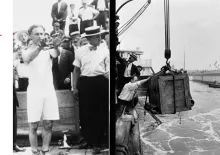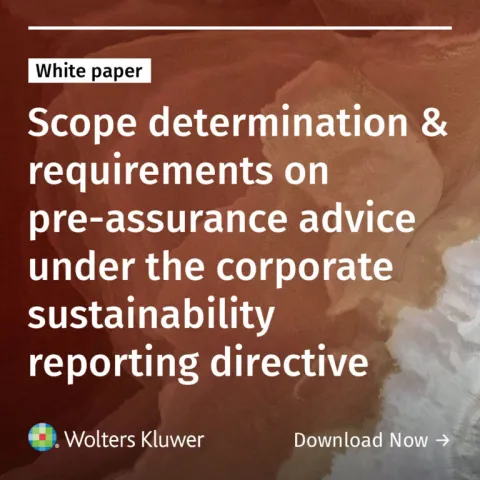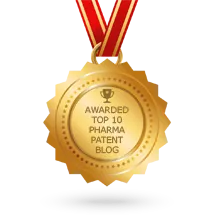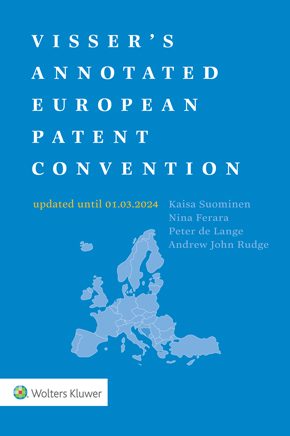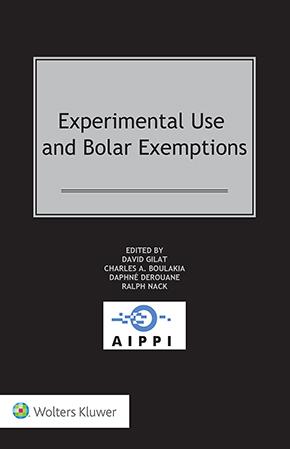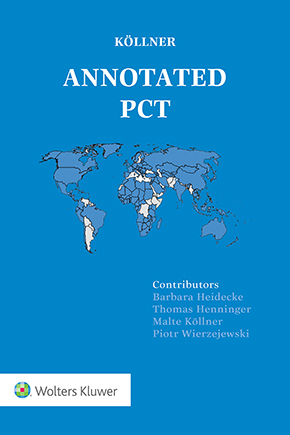GRUR Annual Meeting 2025: “AIPPI Special” – A panel discussion on the infringement of patents with use claims, particularly second medical use claims, in the US, UK, UPC and Germany
October 17, 2025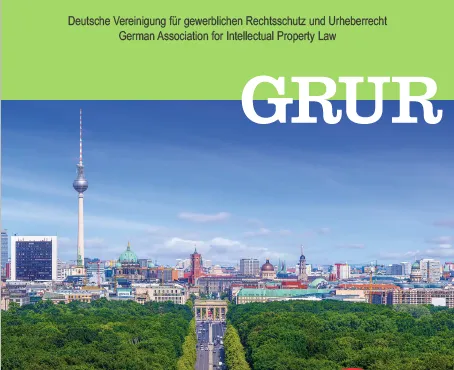
Coinciding with the 100th year anniversary of the German and UK national groups of AIPPI, the GRUR Annual Meeting in Berlin hosted an “AIPPI Special” on 16 October 2025 to discuss the state of play with the infringement of patent use claims, a subject that has become topical once more.
Ably moderated by Dr Clemens Heusch, Vice-President of AIPPI Germany (and more often seen debating the merits of Standard Essential Patents and FRAND royalty rates in his day job as Vice President, Head of Global Litigation and Disputes at Nokia) the panel comprised Dr Karsten Koeniger, President of AIPPI Germany (and partner at Harmsen Utescher in Hamburg), Ms Barbara Fiacco, former President of AIPPI United States (and partner at Foley Hoag in Boston) and Dr Dominic Adair, Secretary and Vice-President of AIPPI United Kingdom (and partner at Bristows in London).
Dr Heusch led the panel through a variety of topics, not just on second medical use patents but on the appropriate claim formats and liability issues relating to use patents, generally. On this latter topic, all panellists were agreed that without special provision to recognise novelty in the second medical use context, patents for second uses faced steep obstacles. In particular, despite the decision of the EPO Enlarged Board in MOBIL / Friction Reducing Additive, the practice of the UK IPO is not to recognise novelty in a second use where that second use was inherent in the first use, notwithstanding no public disclosure of the fact. Dr Adair pointed to the case of Tate & Lyle v Roquette Freres as an example of where new information, inherent in the prior art, would be ineligible for patent protection on the basis that it was a mere discovery, in addition to the claim lacking novelty.
On second medical use patents, the case law cited by the panel was decidedly heavyweight. Dr Adair mentioned the pregabalin litigation concerning Swiss-form claims that generated a UK Supreme Court decision that still leaves practitioners scratching their heads as to the test for infringement (the non-binding (obiter) decision by the 5 judge panel was split 2:2:1). Ms Fiacco mentioned Hikma Pharmaceutical’s appeal petition in the US Supreme Court, yet to rule, which concerns the interesting policy point of whether a second medical use patent (here, Amarin’s patent relating to icosapent ethyl) restricts access to the legitimate unprotected segment of the market, where Hikma’s carved out (“skinny”) label does not include instructions for use that would infringe Amarin’s patent, but public statements made by Himka describe without qualification its product as the “generic equivalent” of Amarin’s Vascepa. This highlights the difficulties of policing a second indication in isolation and ensuring the objectives of the Hatch-Waxman legislation to balance incentives for both innovation and increased competition from generic drugs.
For Germany, Dr Koeniger mentioned a number of very recent updates, including Novartis’ “apple sauce” patent for nilotinib which led to the Munich District Court granting a preliminary injunction in circumstances where the generic had included a notice in its label that for patients with swallowing difficulties (the apple sauce target group) other products should be used. The injunction was subsequently suspended on appeal. Dr Koeniger also mentioned the recent (May 2025) UPC decision of the Dusseldorf Local Division on infringement of second medical use claims in which Regeneron’s patent to the use of a PCSK-9 inhibitor in a sub-population was held valid but not infringed by Amgen’s product label for Repatha®, which had a signpost to its suitability for the claimed function of lowering levels of lipoprotein A but did not indicate its therapeutic use for such a purpose. The court set out a number of relevant factors for assessing whether use for the claimed purpose was intended by the defendant and noted that a skinny label alone is not decisive.
The panel discussion concluded with a brief discussion of the difficult area of remedies for infringement of a second medical use. Although there had been an interesting contrast between the US and UK positions relating to the relevance of market size in the context of liability, all panellists were agreed that when trying to apportion damages, some sort of quantification of the protected market segment would be essential. For products with a skinny label, nobody on the panel argued that a prohibitory injunction would be appropriate.
Perhaps the most memorable element of the panel’s discussion came with Dr Koeniger’s imagined non-medical second use for apple sauce. Expect to see it as a shoe-cleaning product in a store near you, soon. But would a competitor not mentioning the patented use as a shoe-cleaner infringe if the apple sauce was presented in a sponge-tipped applicator?
You may also like


